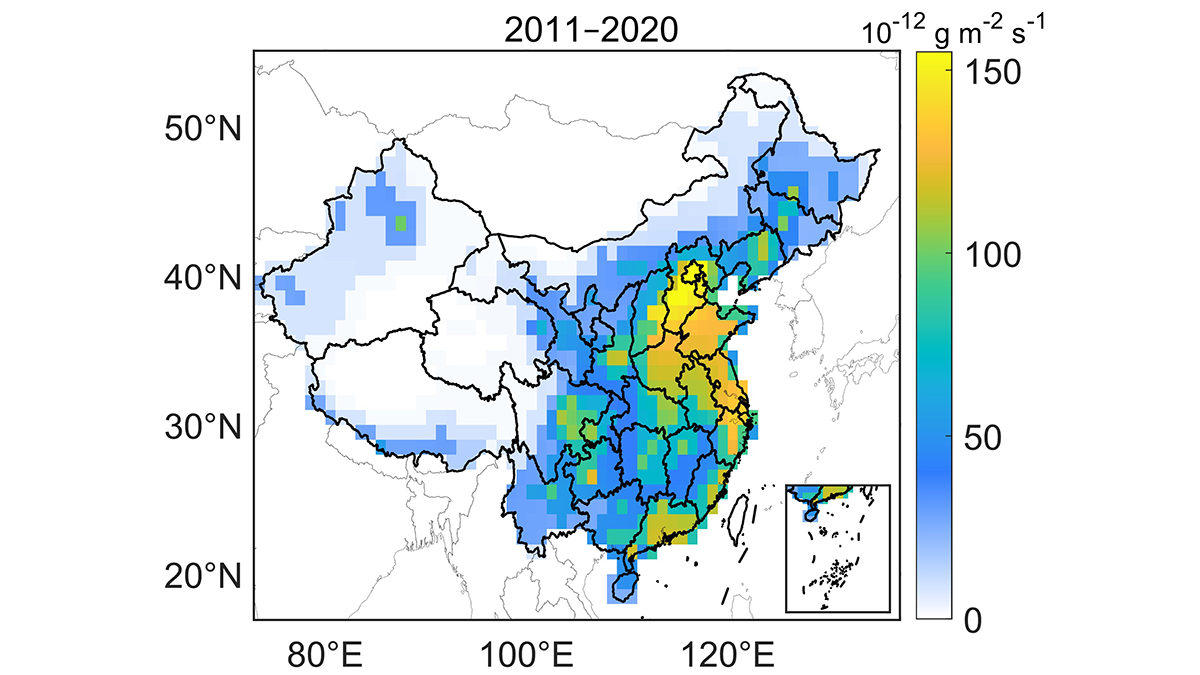Editors’ Highlights are summaries of recent papers by AGU’s journal editors.
Source: Geophysical Research Letters
Dichlorodifluoromethane (CFC-12) emissions are regulated by the Montreal Protocol, but observations indicate that there are more emissions than are accounted for by international inventories. Emissions derived from observations are more than 8 times larger than the previously reported inventories.
By analyzing whole air flasks collected by Advanced Global Atmospheric Gases Experiment (AGAGE) using gas chromatography, Ma et al. [2024] reconciled the global CFC‐12 emissions during 2011–2020 and traced 28% of emissions back to China. These results call into question the bottom-up estimates of CFC-12, indicating the importance of additional inverse modeling efforts in other regions, as there remains 63% of emissions that are still untraced.
Citation: Ma, M., Hu, X., Yao, B., Li, B., An, M., & Fang, X. (2024). CFC-12 emissions in China inferred from observation and inverse modeling. Geophysical Research Letters, 51, e2024GL109541. https://doi.org/10.1029/2024GL109541
—Lynn Russell, Editor, Geophysical Research Letters


